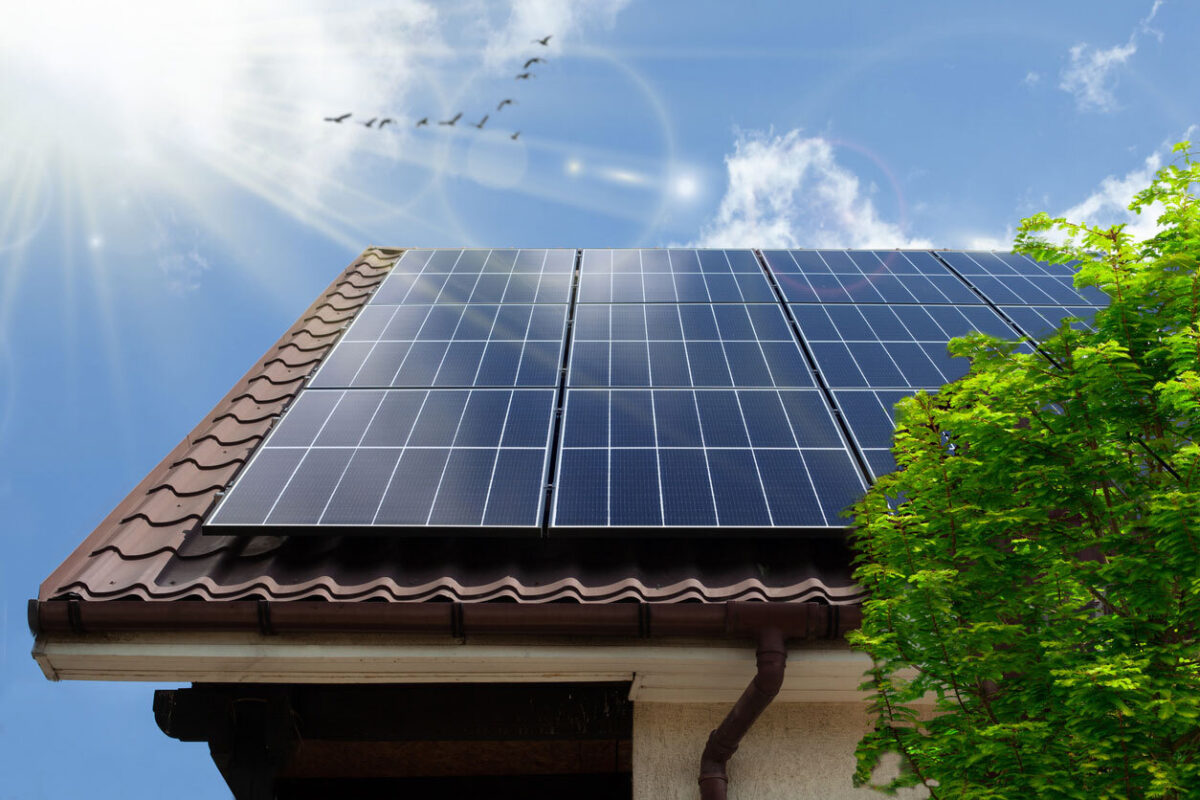Photovoltaic cells, a technology for harvesting solar energy, convert solar energy directly into electricity through the photovoltaic process. There are many types of PV cells, but they all use semiconductors to interact with incoming photons from sunlight, generating an electrical current.
Types of PV Cells
Different materials can be used to create photovoltaic cells. Commercial solar cells are often made of silicon (Si), but other materials like gallium arsenide (GaAs), cadmium telluride (CdTe), and copper indium gallium selenide (CIGS) can also be used. Solar cells are available in brittle crystalline structures, such as Si or GaAs, and flexible thin-film structures, like CdTe and CIGS.
Crystalline solar cells can be divided into polycrystalline and monocrystalline. Polycrystalline PV cells have a mixture of crystal structures, whereas monocrystalline PV cells are composed of a uniform lattice. Solar cells also vary in the number of “p-n” junctions or layers they contain. Although most commercial PV cells are single-junction, manufacturers have developed multi-junction PV cells that offer higher efficiency but at a greater cost.
The Different Layers of a PV Cell
Each layer of a photovoltaic cell is crucial to the conversion of sunlight into electricity. The most important and common layers are:
- Protective Layer: This top layer protects the cell from the environment while still allowing light to pass through.
- Anti-Reflective Coating: This layer is applied to the surface of the cell and reduces reflection, ensuring that more light is absorbed than reflected.
- N-Type Semiconductor Layer: This layer has been doped with materials that add extra electrons to create a negative charge.
- P-Type Semiconductor Layer: This layer, located below the N-type layer, has fewer electrons. The resultant spaces, known as “holes,” have a positive charge.
- Junction Layer: The area where the N-type and P-type layers meet is called the junction. The movement of electrons between the N-type and P-type layers creates an electrical field.
- Back Contact Layer: This layer is the back electrode and provides a path for electrons to exit the cell, flow into an external circuit, and return to it.
- Front Contact Layer: Often made up of metal fingers, this layer collects the electrons transferred from the semiconductor circuit to the external circuit.
What is the Photovoltaic Effect?
When a photovoltaic cell is exposed to sunlight, it produces voltage or current. In these solar cells, two types of semiconductors, N-type and P-type, combine to form a junction called a p-n junction. This junction creates an electric field as electrons migrate to the P-side (positive) and holes move toward the N-side (negative). This field sends positively charged particles one way and negatively charged particles the other.
Photons, small packets of electromagnetic radiation that make up sunlight, transfer energy to electrons in the semiconductor material when they hit the solar cell. This energy boost propels an electron into a state of higher energy, known as the conduction band. In the conduction region, electrons are free to move around the material. This movement of electrons generates the electric current within the cell.
This post was written by Daniel Massaad, owner and expert solar technician at Energy Solutions Direct! ESD is the top choice for solar panel installation Tampa! Our licensed and certified contractors are masters of their craft; with years of experience servicing the great Tampa Bay area and beyond, the choice is simple. ESD excels at offering you the best in solar value!












